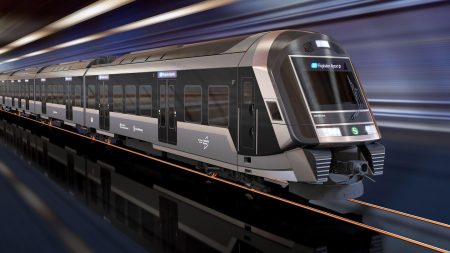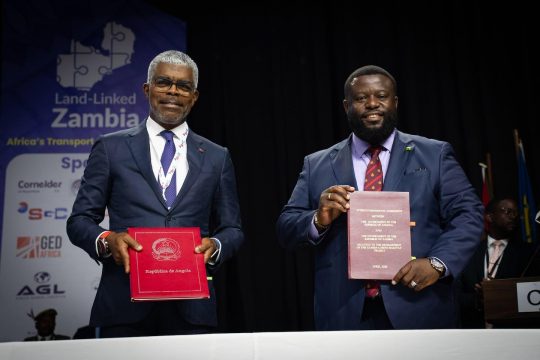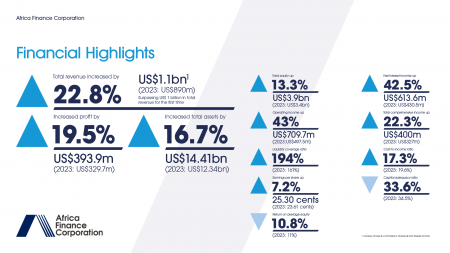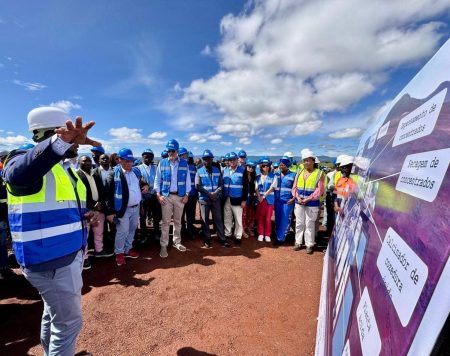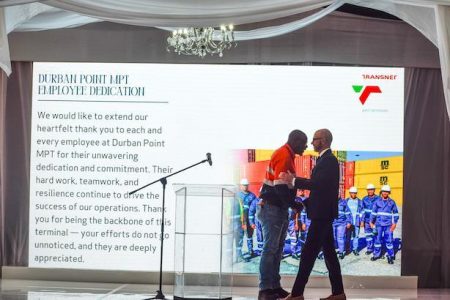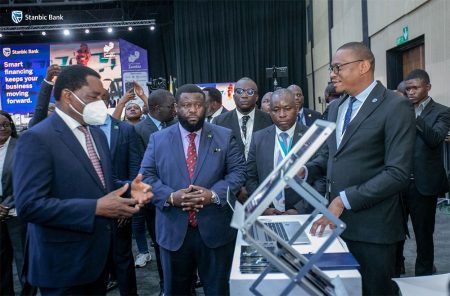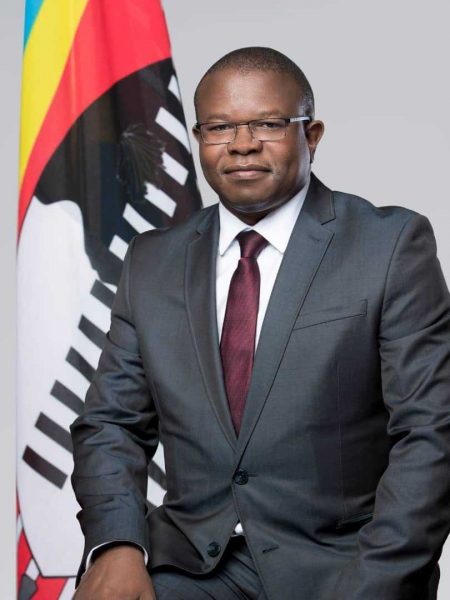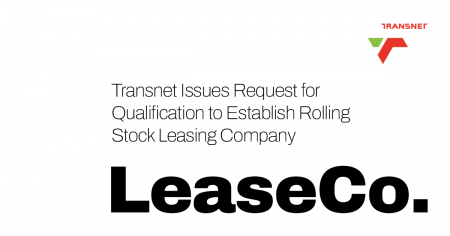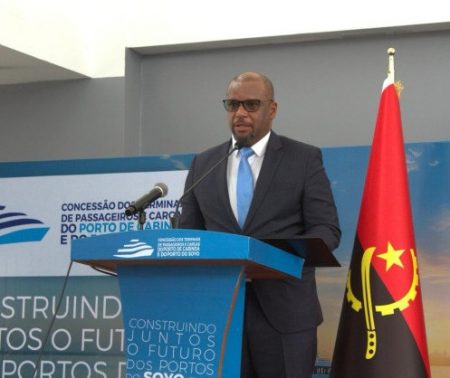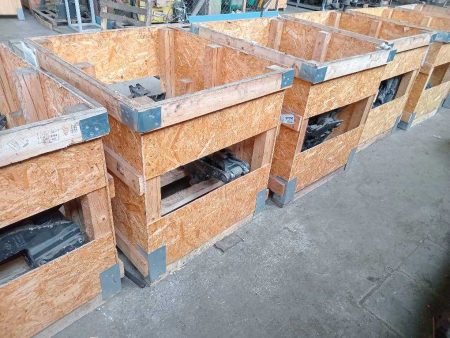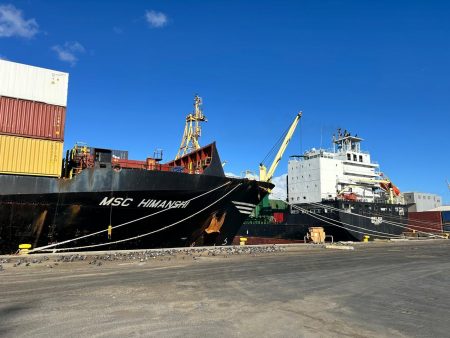This content is for Premium Subscribers only. To view this content, login below or subscribe as a Premium Subscriber.
Related News Articles
NRC and Plateau State Government Partner to Revive Jos–Kuru Rail Corridor
15 April 2025
West Africa, Nigeria
1 min
Warri-Itakpe Train Service Temporarily Suspended Following Engine Failure
15 April 2025
West Africa, Nigeria
1 min
Zambia and Angola Sign Landmark Agreement to Advance Lobito–Zambia Railway Project
14 April 2025
SADC, Zambia
1 min
TransNamib Allocated N$320 Million in the 2025/26 Budget
14 April 2025
SADC, Namibia
1 min
Stanbic Ready to Support Transport and Logistics Sector
14 April 2025
SADC, Zambia
3 min
3 min
Black Women-Led Companies Driving South Africa’s Mobility Transformation
07 April 2025
SADC, South Africa
3 min
2 min
